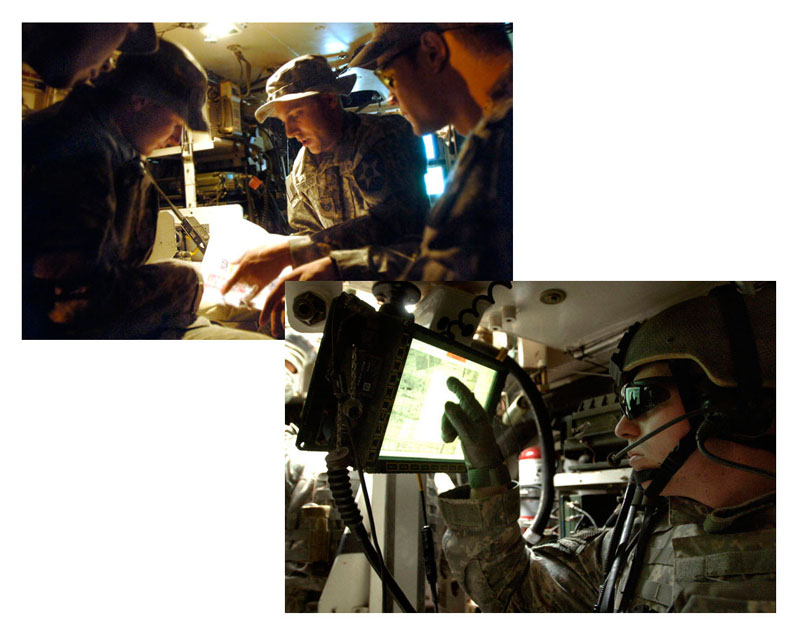 US Army soldiers working with Air Force joint terminal attack controllers often sing their praises in enabling close air support, usually within 10 minutes, reports SSgt. Carlos Diaz. Army Specialist Jason Zwettler said, “If the situation calls for it, they can drop those bombs and eliminate the enemy with amazing quickness.” One such JTAC, SSgt. Justin Pilant, on his third deployment to Southwest Asia, states simply that his job is to communicate with the aircraft and the ground forces—“we connect the two worlds.” Pilant and his young cohort—tactical air control party specialist A1C Josh Scott—credit their extensive and continuous training for their battlefield successes.
US Army soldiers working with Air Force joint terminal attack controllers often sing their praises in enabling close air support, usually within 10 minutes, reports SSgt. Carlos Diaz. Army Specialist Jason Zwettler said, “If the situation calls for it, they can drop those bombs and eliminate the enemy with amazing quickness.” One such JTAC, SSgt. Justin Pilant, on his third deployment to Southwest Asia, states simply that his job is to communicate with the aircraft and the ground forces—“we connect the two worlds.” Pilant and his young cohort—tactical air control party specialist A1C Josh Scott—credit their extensive and continuous training for their battlefield successes.
Air Force Gen. Alexus G. Grynkewich assumed command of U.S. European Command on July 1, taking over the key assignment as the U.S. and its allies contend with a resurgent Russia and a grinding war in Ukraine.
